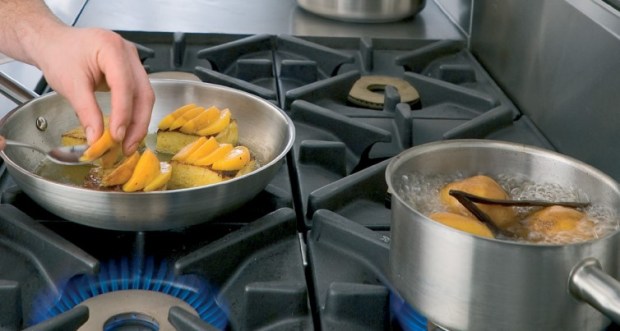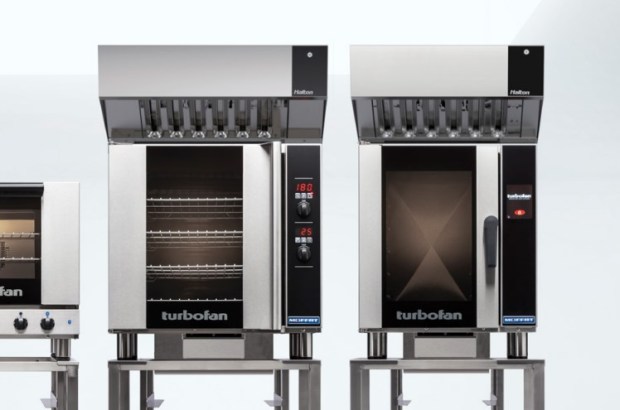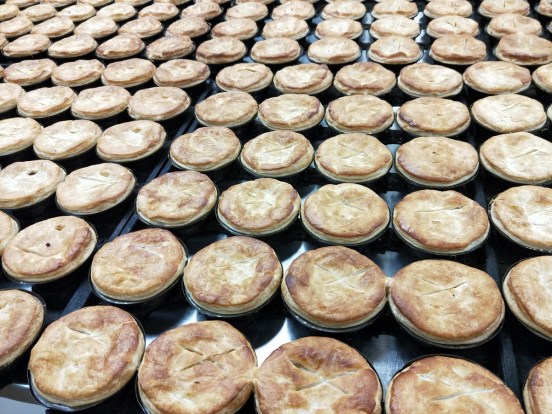The latest New Zealand Restaurant Association Hospitality Report has found nationwide sales for the hospitality industry have bounced back after two years of subdued trading.
In 2022 New Zealand’s hospitality sector achieved record sales of over $13.38 billion (year ending September 2022). This represents a sales increase of 7.7 per cent over the previous year when pandemic lockdowns were prevalent.
The 2021 year was a challenging one for hospitality where revenues bounced back in the early half of the year, before declining in the third and fourth quarters, so this year’s revenue gains represent a recovery – a net 10.75 per cent increase on pre-pandemic revenue.
Third quarter 2022 saw the biggest year on year gains with revenues up 38 per cent on the previous same period in 2021.
Sales increases carried across the industry, excluding the clubs sector, which recorded a decrease of 4.6 per cent.
All other industry sectors presented sales growth for the year, with the food to go / takeaway sector having the largest revenue figure growth, recording sales of $517 million more than 2021, followed by the pubs, taverns and bars sector with a sales increase of $375 million and cafes and restaurants with $358 million
Cafes and restaurants have returned to pre-Covid sales levels, which saw the sector record annual sales of $6.6 billion for the year ended September 2022, more than 15 per cent higher than 2019.
Over half of every dollar spent dining out is spent at a restaurant or café, which continues to hold 50 per cent market share.
BREAKDOWN BY REGION
Consumer spending is highest in Auckland, Wellington, Canterbury and Waikato. These four regions all have annual sales of more than $1 billion per annum.
In 2022 the Queenstown-Lakes region had the largest percentage sales growth at 13.2%, followed by the Taranaki region at 9.7 per cent growth and the Auckland region where sales grew sales by 9.5 per cent.
Only three regions had sales declines from 2021-2022 – Kaikoura, which recorded -9.4per cent sales decline, Southland with 1.7 per cent and the Tasman with 0.6 per cent.
Despite some major ongoing Covid-related upheavals for the Auckland region in the second half of 2021 and early 2022, this region posted sales of $442 million more than 2021 (year ended September), showing percentage sales growth of 9.5 per cent. Auckland has bounced back to achieving new sales highs, recording 10.6 per cent higher than pre-Covid sales peaks.
LABOUR SHORTAGES
Skills shortages continued to plague the industry. While 2022 employee numbers reversed the decline seen in 2021 to reach 135 thousand employees, at 0.37 per cent this is the lowest growth level in more than 10 years.
Employee growth is again being driven by the takeaway sector, with an increase of 4.8 per cent over the past year.
The dominant cafe and restaurant sector had a minimal 0.66 per cent increase in employee numbers from 2021-2022, and three sectors had declines; caterers (down 6.12 per cent); pubs, taverns and bars (-4.5 per cent) and clubs (-4.9 per cent).
THE ROAD AHEAD
The rate of growth in hospitality over recent years has been impressive and until the covid-19 outbreak the industry was booming.
Before the COVID interruption the industry was on track to deliver sales of more than $14 billion by 2022.
Labour shortages and increased food costs are putting significant pressure on businesses.
To rebuild itself the industry needs to focus on recovery and sustainability and put in place operational structures for a profitable and sustainable hospitality business model.
“Until the pandemic hit, the hospitality industry contributed $12 billion to the economy, making it one of New Zealand’s largest industries. Forecasting has shown that without COVID interruptions, the industry would likely have been posting annual revenues of $14 billion,” says Restaurant Association CEO, Marisa Bidois.
“It’s no secret that the largest challenge our industry currently faces is in meeting our workforce demands.
“The industry is predicted to need another 30,000 employees to keep up with the pace of growth over the summer period.
“While the Association has placed additional focus on the training and development of New Zealanders, with only 3.3 per cent unemployment, it is essential that we can access the talent we need to run our businesses, and in many cases help grow the industry as a whole.”








